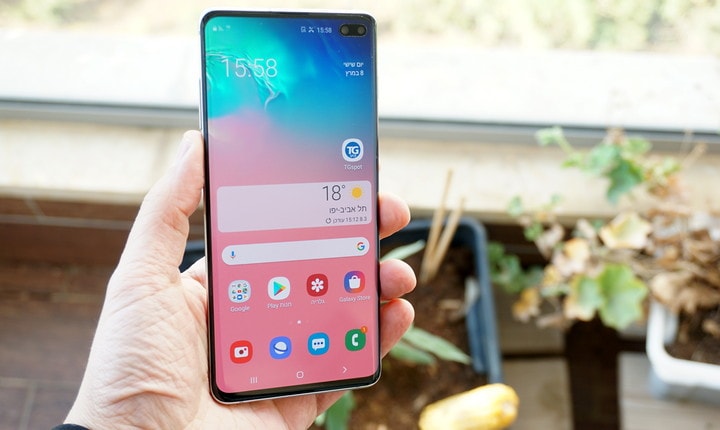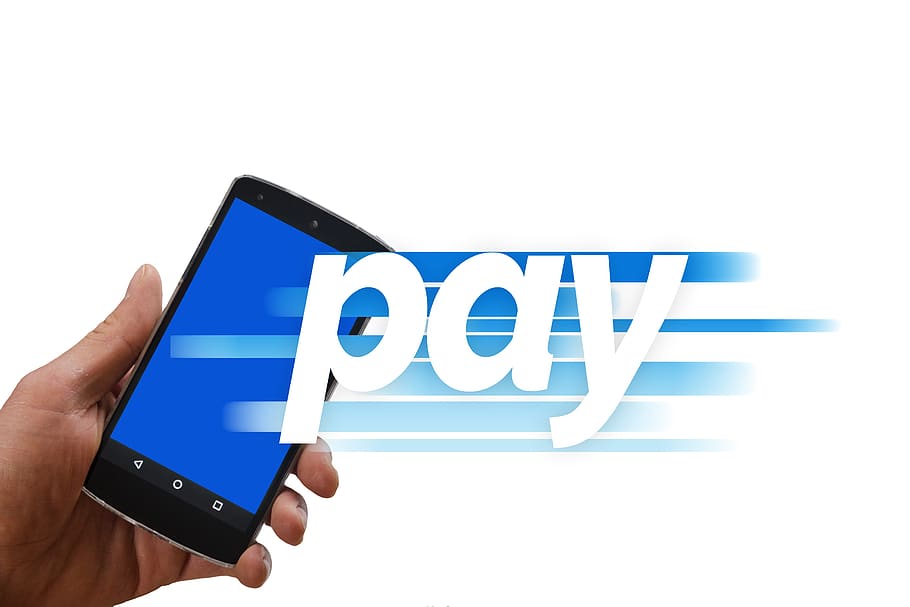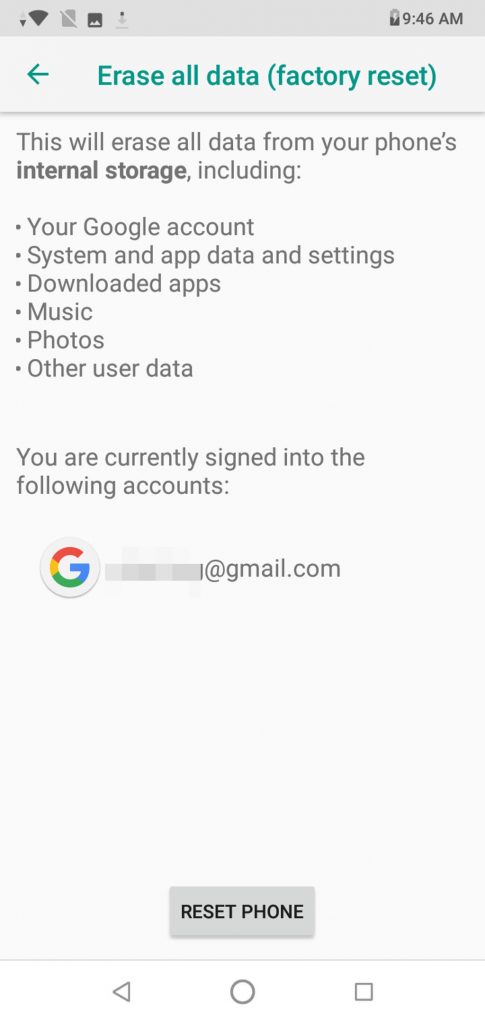Over the past decade, Samsung Galaxy has emerged as one of the bestselling smartphones on the market. It is the main competitor to the iPhone in the US, and it has many great features that make it worthy of your consideration if you’re shopping for a new smartphone. If you already own one, though, then there might be a reason that you’ll need to do a factory reset of the device at some point. Let’s discuss why you might need to do a factory reset, and then we’ll instruct you on how to do it.

Why Might You Need to do a Factory Reset of Your Samsung Galaxy?
There are multiple reasons why it may become necessary to do a factory reset of your Samsung Galaxy phone. For instance, maybe you are going to send the device in for repairs through the mail. If so, you’ll probably want to do a backup, and then the factory reset. Doing so will ensure that the technician who does the work on your phone will not have access to any of the personal data that is on there while the repair is happening.

It could also be that you plan on selling the phone or giving it away. Regardless of whether you’re giving the Galaxy to a friend, family member, or total stranger, you want to protect your privacy. It goes beyond photos, videos, and contact lists. You could have credit card or bank account information on that phone, and you don’t want anyone getting access to it.

One more reason why you may wish to do a factory reset is if you are troubleshooting the device because of a software malfunction, and nothing else has worked yet. As is the case with the iPhone, a factory reset of the Galaxy is seen as an extreme measure. It is best to work your way up to it, trying some milder and less disruptive fixes if you’re aware of any. If nothing else seems to get the job done, though, a factory reset might be the last resort that is needed.
What Does a Factory Reset Do to Your Samsung Galaxy?
Understand before you do this maneuver that it will completely wipe your phone clean. It will be just the same as it was when you got it from the factory. Your personal data and information will be gone: this is the proverbial clean slate for your device.
Start by Backing Up Your Samsung Galaxy
The first thing you’ll need to do before you execute the factory reset is to back up your phone. Unlike with the iPhone, you will need to do a backup of different components of the Galaxy, one at a time.
You can start with the apps. From your Home screen, tap Apps, and then Settings. Scroll down till you see Backup and Reset, and tap it. To back up your apps, you must be logged into a Google account. You may need to hit Backup Account and then Add Account. From there, follow the prompts to create a Google account or to log into an existing one. When prompted, tap Backup My Data or Backup Account.
Next, you can back up your contacts. From the Home screen, tap Contacts, and then Menu. Hit Merge Accounts, and then select an existing Samsung account. You can also use Google. Tap OK, merging your contacts with whichever of these options you chose.
You can also back up your contacts to an SD card. From the Home screen, tap Apps. Then, hit Settings, followed by Contacts. Hit Contacts to Display, then All Contacts. Next, hit Import/Export. Hit Export to SD Card. Review the file name for your contact list to make sure that they are going where you want them to. Tap OK, confirming the export.
Finally, you can back up your videos and pictures. Got to Apps, then My Files. Go to Device Storage, then Menu. Hit Select and then locate the folder which has the desired media. To the left of the desired folder, hit the checkbox, and repeat as desired. Then, hit Menu in the top right-hand corner to open the drop-down menu. Hit Copy, then SD Card. Navigate to the desired folder, and hit Paste Here.
Now, all of your data should be saved, and you can go about resetting the phone, knowing that you can safely restore it afterward.
The Factory Reset
There is one additional thing to do before you start the Galaxy factory reset. That is to decrypt the microSD card if you have encrypted it. If you fail to do this, then your phone will not be able to read the data on the card after you have executed the factory reset. Go to Settings, then look for Decrypt SD Card. Follow the prompts on the screen. They are all more or less the same. They just vary slightly according to which generation of the phone you have.
As for the factory reset, go to Settings, then scroll down till you see Factory Reset Data. You’ll need to hit it one more time to confirm that you want to proceed. Review the information on the screen, and when you’re ready, tap Reset at the bottom of the display.
You might have a security lock on the phone. If you do, then you will be asked for the credentials to unlock it. Then, you will see the option to Delete All. This is the final step, so be sure that you want to go through with it. If you are, then tap Delete All.

After a few moments, the phone should have reverted to the original factory settings. You will see the initial startup graphics.
At this point, you could either give the phone away or sell it. You will be able to rest easy, knowing that none of your data is going to get into the wrong hands. Alternatively, you can send the phone away for repairs. When it comes back to you, you can restore your contacts, media, apps, etc. If you bought any apps, then you will not have to pay the fee to reload them onto the phone again. You have purchased the license to them, and you retain it even after a factory backup.

Be sure that you have backed everything up and that you’re positive you want to take this action. It can be time-consuming restoring your Galaxy to what it was before, so try less severe alternatives if you’re trying to get rid of a bug that is hurting some of the device’s functionality.






